When it comes time to pick out a succulent that will provide your home and garden with a conversation piece, consider the Zulu Giant. This plant is sure to impress everyone. If you decide to get one, it is definitely going to be a featured conversation topic and point of interest for a viewing audience.
How to Identify Zulu Giant
Let’s discuss the key features that make identifying these plants so easy. Since they are very unique in many ways, we have a lot to discuss.
- Their stems are long, green, and star-shaped
- Their stems look similar to a cactus even though this plant is actually part of the milkweed family
- Their flowers are large (up to 14 inches across)
- Their flowers are yellow with burgundy lines running throughout
- Their flowers are shaped like a five-point star
- Their flowers are very furry
- Their flowers smell like rotten meat, hence their other moniker, ‘Carrion Flower’
Where Does Zulu Giant Grow
This type of succulent is a native of many countries in southeastern Africa. It grows in the areas of this continent that are arid and desert-like.
Uses of Zulu Giant
This plant is a great option to use as ground cover outdoors. It can also be used as an indoor decoration since it will grow in a container when kept in the proper conditions.
How to Grow Zulu Giant from Seed
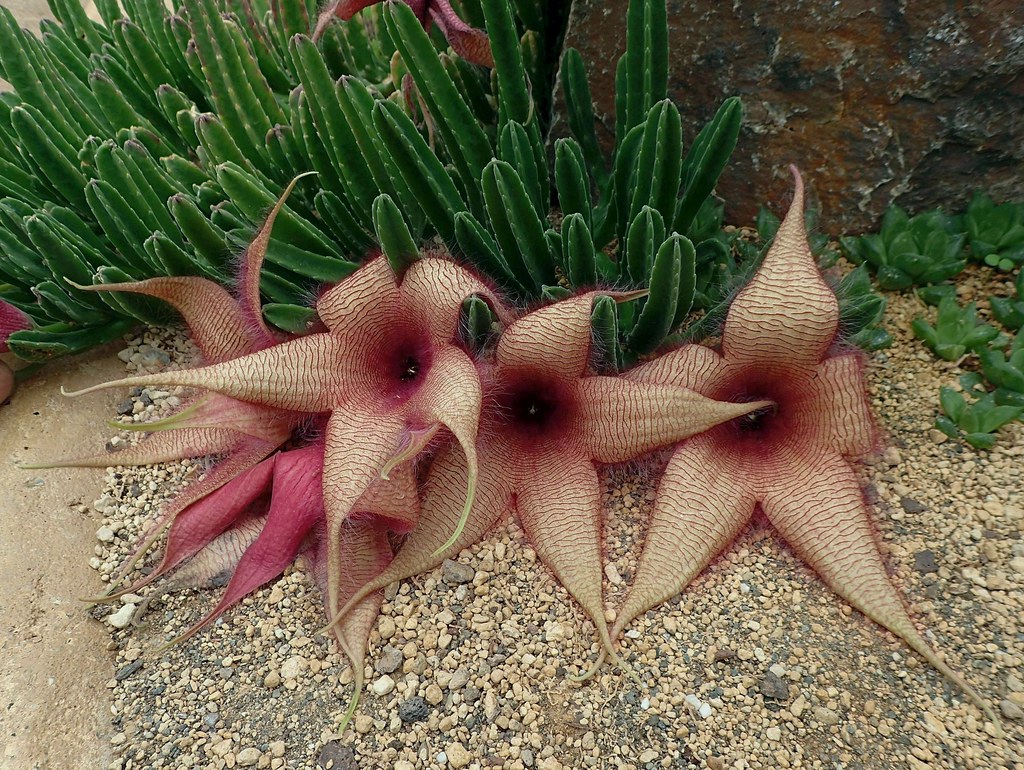
While most succulents are very difficult and time-consuming to grow from seed, Zulu Giant is actually the opposite. If you decide to grow one from the ground up, follow these simple steps:
- Select a container that has plenty of drainage holes.
- Select a potting mix that is well-draining. This all-purpose succulent plant soil from Birch Seed Soils is a great option.
- Fill the container with the potting mix.
- Set the seeds on top of the potting mix and cover them with a very thin layer of potting mix.
- Water the potting mix well.
- Place the container in an area that gets bright, but indirect sunlight.
- Cover the container with plastic. Make sure the plastic covers the entirety of the container, or at least, the soil portion.
- Vent the plastic once a week and check that the soil is moist but not soggy.
- Once you see sprouts above the soil level, slowly acclimatize the baby plants to the air in the room by venting the plastic more frequently.
- Once they have acclimatized to the room air, they can be treated as a regular plant.
Zulu Giant Growing Conditions
This plant needs an environment that is similar to most other types of succulents. It needs warm sunlight and well-draining soil.
When to Plant Zulu Giant
Because chilly and wet weather is fatal to Zulu Giant, it is best to plant them in the warm, dry months of summer.
How to Plant Zulu Giant
The first thing to remember when you decide to plant a Zulu Giant is that they can suffer from chilly temperatures and inadequate amounts of sunlight.
So, if you plan to set one in the ground outside, be sure you live in an appropriate climate. USDA Hardiness Zones 9a to 11b are the only places in the continental United States where they can be kept outdoors all year round; otherwise, they should be planted in a container that can be brought indoors during cold or rainy seasons.
The second thing to remember when you decide to plant a Zulu Giant is that soggy soil is fatal to it. This means that you will need to select a ground plot or a container that provides it with plenty of drainage and potting soil that drains well. A tip to help with this decision is to get a container that is small so that there isn’t a lot of soil in it and the risk of soggy soil is lowered.
Zulu Giant Water Requirements
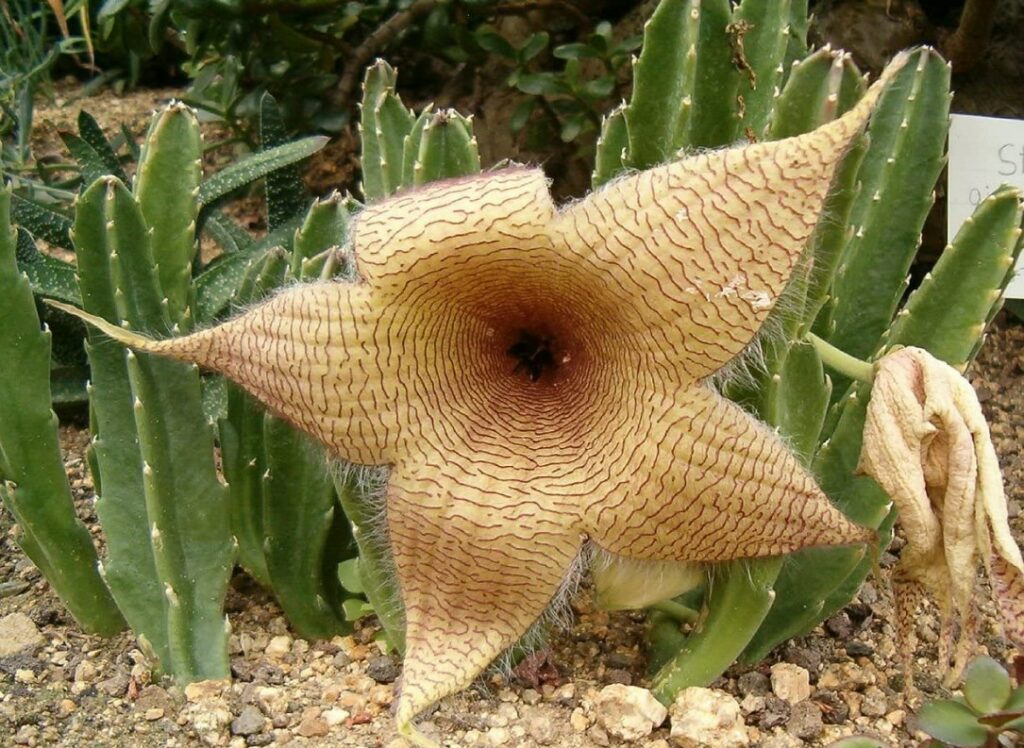
The water requirements of Zulu Giant are typical of most succulents: it needs very little. Since this plant is susceptible to root rot, it is best to use the soak and dry method when watering it. The steps for doing this are as follows:
- Fill a tray or a sink with a few inches of water.
- Set the plant container in the tray making sure that the water is not so deep that it will run over the top of the container. The point of watering in this way is so that the roots will soak up the water and the leaves will not get wet.
- Let the plant soak in the water for fifteen minutes. This will allow the root system to soak up water from the bottom of the container.
- Take the plant container out of the water.
- Place the plant container in a spot where the excess water can drain from the hole in the bottom.
- Repeat this only when the soil around the plant is dry.
If your Zulu Giant plant has been placed in an in-ground garden, then it will need to be watered slightly differently. Here are some tips for watering this plant when it is in the ground.
- Only water it when the soil is dry
- Try to water only the soil around the plant
- Avoid watering the flower petals
Zulu Giant Sun Requirements
This succulent requires at least six hours of sunlight every day. It can handle partial sun to full sun when it is established. Make sure that it is placed in an area where it gets as much sunlight as possible.
Best Zulu Giant Fertilizer
During the plant’s growing season, it can be given some fertilizer to encourage healthy growth and blossoms. Try an organic succulent and cactus food such as this option by The Grow Co.
Best Zulu Giant Companion Plantings
When landscaping or creating an indoor environment that is inspired by nature, it can be nice to have more than one type of plant. These can complement one another or they can contrast with one another depending on your style. Really, it is all up to you how you want to display the natural wonders that you enjoy.
But, if you would like a few suggestions to get your garden or home environment percolating with luscious greenery and blooms, try one or all of these lovely plants.
Portulacaria Afra
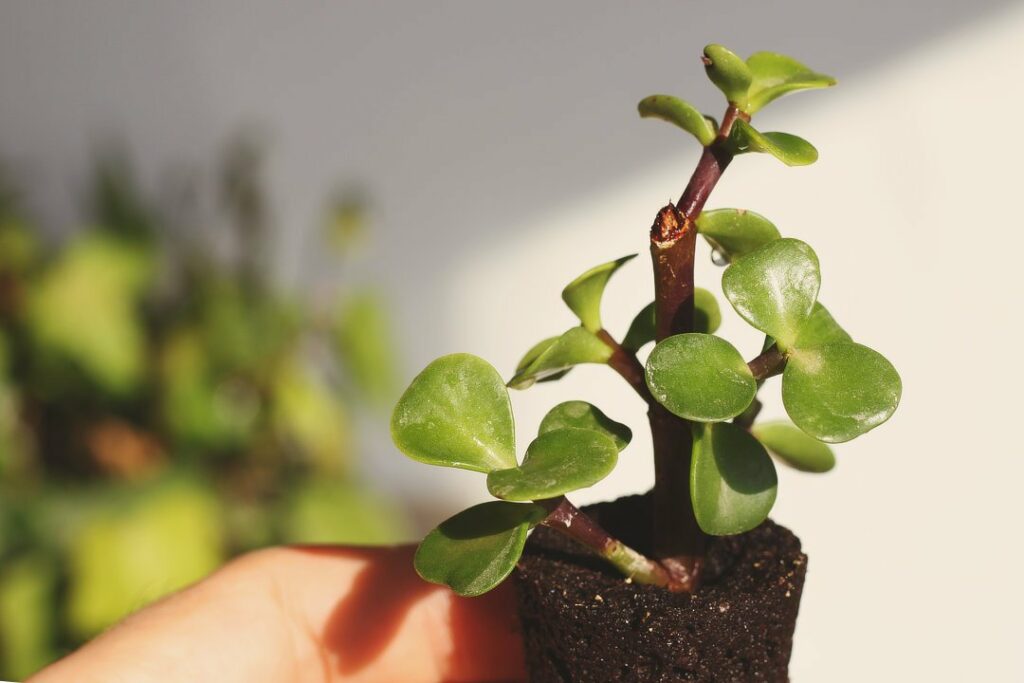
Here is another plant from the south of Africa. Because it comes from the same general region, it will require many of the same types of resources and methods of care as a Zulu Giant.
This plant is commonly known as Elephant Bush. It is a thickly stemmed succulent that grows into a bushy plant that is ideal for planting in a hanging basket. Not only is this a lovely plant to use in indoor and outdoor décor, it actually improves air quality. Portulacaria Afra is known to absorb high levels of carbon from the air surrounding it.
Pros:
- Water requirements are typical of succulents
- Comes in miniature and variegated varieties
- It is easy to propagate from stem cuttings
- It is known to clean air of carbon
- It is generally not toxic
- It is able to take more frequent watering than most other types of succulents
Cons:
- It is not cold hardy (grows outside in USDA hardiness zone 10)
- It can grow very large (up to 12 feet tall)
Fairy Castle Cactus
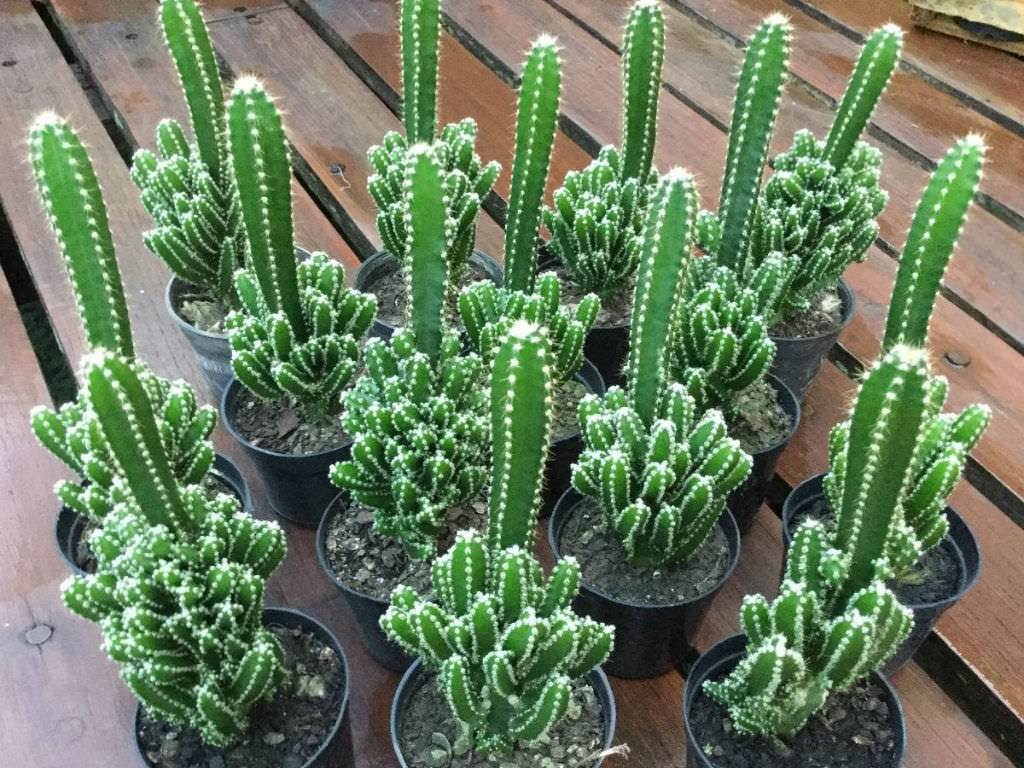
Since Zulu Giant resembles a cactus, why not set it next to a true cactus? Fairy Castle Cactus is a hassle-free and beginner-friendly cactus that adds an enchanting feel to garden spaces. It will be the perfect companion plant for a Zulu Giant.
Pros:
- Grows indoors very well
- Drought tolerant
- Prefers lots of direct sunlight
- Does not need a lot of water
- Does not need a lot of fertilizer
Cons:
- Slightly toxic
- Can grow up to 6 feet tall
- Susceptible to mealybugs, mites, and gnats
- Does not tolerate cold weather (should only be grown in the ground in USDA hardiness zone 10 to 11)
Texas Prickly-Pear
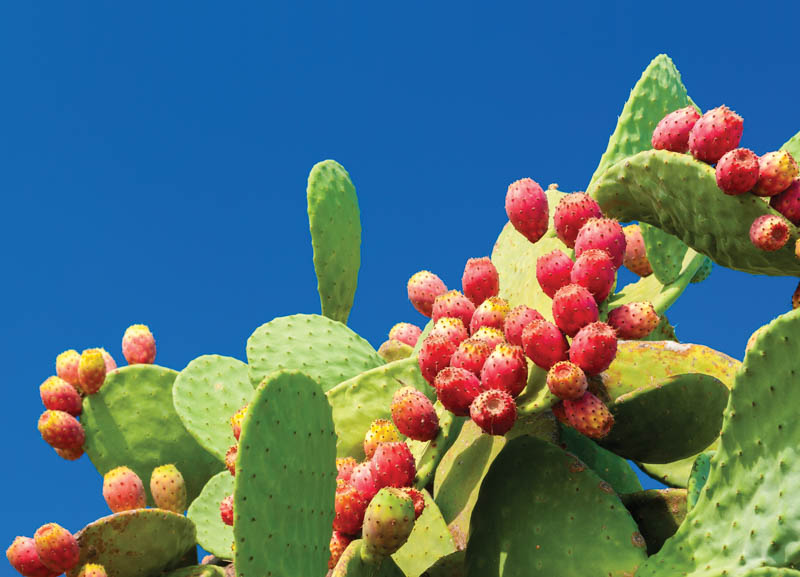
This is another type of cactus that will look lovely next to a Zulu Giant. Texas Prickly-pear is one of the most recognizable types of cactus and is incredibly easy to care for. Add this to a garden with Zulu Giant and Fairy Castle Cactus and you already have the beginnings of a brilliant-looking succulent garden.
Pros:
- Drought tolerant
- Does not need a lot of water
- It is easy to propagate from stem cuttings and seeds
- It is generally not toxic
Cons:
- Can grow up to 8 feet wide and 5 feet tall
- Does not tolerate cold weather (should only be grown in the ground in USDA hardiness zone 8)
- Does not grow indoors very well
Zulu Giant Diseases and Common Problems
This plant does have a few common issues that are normal for succulents. They are susceptible to mealybugs, fungus, and root rot.
Zulu Giant Treatments and Maintenance
In order to ward off some of the issues faced by Zulu Giants, consider following these tips as you care for your plant.
- Use a compost that is gritty and only contains minerals to lower the risk of a fungal attachment to its root system.
- Place a layer of grit on top of the soil and all around the plant’s stems to encourage water drainage
- Use clay pots to encourage water drainage and help prevent root rot
- Water the plant with a systemic insecticide to fight off mealybugs and fungal attacks
Zulu Giant Repotting Instructions
It may be necessary for you to replant your Zulu Giant if it outgrows the container or space it is currently occupying. Of course, it should always be noted that Zulu Giants do not need a lot of soil space since the more soil that is in its container, the more chances there are of soggy soil. But, if you notice that your plant is looking crowded in an unhealthy way, here is how to replant a Zulu Giant.
- Select a new pot that has plenty of drainages
- Select potting soil that is well-draining
- Remove the plant from its current container
- Dust off any excess potting soil
- Cut off any brown, dry, or dead parts of the plant
- Fill the new pot two-thirds full with the selected potting soil
- Set the plant into the new container
- Fill the remainder of the container with potting soil
- Place the container in an area that is warm and get bright, but indirect sunlight
- Allow the container to remain dry for a few days as the plant acclimatizes to its new surroundings
- After a few days, water and care for the plant per its normal requirements
Where to Buy Zulu Giant Seeds Online
Since this succulent is so commonly propagated through seeds, it is rather easy to find seeds for sale online. If you are interested in purchasing some Zulu Giant seeds, try one of these online shops:
Where to Buy Zulu Giant Plants Online
This type of succulent is easy to find in many online shops. It is specially promoted at the following stores:
FAQs
Question: How Old Does a Plant Have to be Before it Produces Flowers?
Answer: Some Zulu Giant plants will begin blooming when they are three years old, but most plants take a year or two longer before they will bloom.
Question: Do Zulu Giant Plant Flowers Only Come in Yellow with Burgundy Lines?
Answer: While Zulu Giant mainly produces flowers that are yellow with burgundy lines, it has many family members that produce a variety of colorful flowers. Try one of these members of the Stapelia family if you want other colors.
Stapelia Hirsuta
Stapelia Grandiflora
Question: Is the smell of a Zulu Giant Overpowering?
Answer: Fortunately, no. While this plant does have a rotten smell, you will have to get really close to its flowers in order to be overwhelmed by its aroma.
Question: Does Zulu Giant Attract Insects?
Answer: Yes, it does. This plant is highly attractive to ants and flies.
In Conclusion
Why not give a Zulu Giant a place in your home or garden? It is a wonderful-looking and unique plant that will enliven your interest in nature. It is also a great way to discover ecology and horticulture from another area of the world. Let this plant into your life and your life experience will surely deepen.
Research Citations
- Lophocereus Marginatus (Mexican Fence Post Cactus) - January 10, 2022
- Best Cactus Fertilizer Guide - January 9, 2022
- Selenicereus Grandiflorus (Queen of the Night) - January 3, 2022


